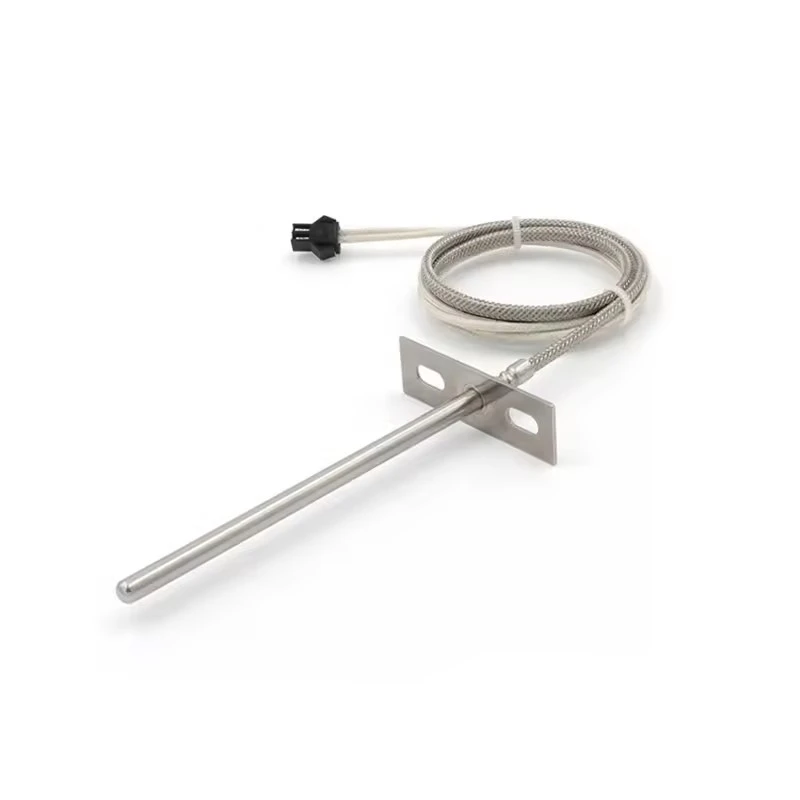Ferrite core transformers (FCTs) are pivotal in powering today's compact and efficient electronic devices, from smartphones to renewable energy systems. Renowned for their high-frequency performance and minimal energy losses, these transformers leverage the unique properties of ferrite materials to meet the demands of modern applications. This comprehensive guide explores the advantages, disadvantages, and diverse applications of ferrite core transformers, offering insights for engineers, designers, and tech enthusiasts aiming to optimize their electronic projects.
Ferrite core transformers utilize a magnetic core made from ferrite, a ceramic compound of iron oxide (Fe₂O₃) blended with metallic elements like nickel, zinc, or manganese. This material boasts high magnetic permeability and low electrical conductivity, making it ideal for high-frequency operations. By facilitating efficient magnetic flux conduction, FCTs enable voltage transformation and signal processing with minimal losses, serving as critical components in various electronic systems.
Ferrite cores come in several shapes, each tailored to specific applications. Toroidal cores, with their donut-like shape, offer efficient magnetic flux paths and low electromagnetic interference (EMI), ideal for compact power inductors and transformers. E-cores, resembling the letter 'E', provide easy winding and robust magnetic performance, commonly used in power supply transformers. Pot cores, cup-shaped and enclosing windings, excel in noise suppression for filters and inductors. RM cores, rectangular and compact, deliver high inductance with minimal leakage, suiting precision applications in telecommunications and data processing.
Ferrite cores' high magnetic permeability enables efficient magnetic flux conduction, minimizing energy losses. Their low hysteresis and eddy current losses make them exceptionally effective at high frequencies (kHz to MHz), reducing heat generation and enhancing performance in applications like switching power supplies and RF transformers.
Thanks to their efficient magnetic properties, FCTs can be significantly smaller and lighter than iron-core transformers while delivering equivalent power. This compactness is crucial for space-constrained devices, such as portable electronics, aerospace systems, and electric vehicles, where size and weight are critical factors.
Ferrite core transformers operate effectively across a broad frequency spectrum, from a few kilohertz to several megahertz, making them versatile for audio, RF, and power applications. Additionally, their stable magnetic properties across a wide temperature range ensure consistent performance in varying environmental conditions, ideal for industrial and automotive settings.
Ferrite cores have a lower saturation flux density compared to materials like silicon steel, restricting their ability to handle high magnetic flux before saturating. This limitation can hinder their use in high-power applications, requiring careful design to avoid performance degradation.
As ceramic-based materials, ferrites are brittle and prone to cracking under mechanical stress. This fragility necessitates cautious handling during manufacturing and assembly, potentially increasing production complexity and costs.
Ferrite cores exhibit reduced magnetic permeability at lower frequencies, leading to lower efficiency in low-frequency applications. While generally temperature-stable, they can be sensitive to extreme temperature variations, which may affect magnetic properties and performance in harsh environments.
The specialized materials and manufacturing processes for ferrite cores can result in higher initial costs compared to iron-core transformers. This cost factor may pose challenges for budget-sensitive projects, despite the long-term efficiency benefits of FCTs.
Ferrite core transformers are integral to switching power supplies (SMPS), which efficiently convert AC to DC for devices like computers, TVs, and chargers. Their high-frequency efficiency enables compact designs and energy savings, meeting modern power demands.
In RF applications, such as radio broadcasting and antennas, FCTs provide impedance matching and signal isolation, ensuring minimal signal loss. In telecommunications, they enhance signal quality in modems and line-matching circuits, supporting reliable communication over long distances.
Ferrite core transformers are used in audio equipment for impedance matching and noise reduction, delivering clear sound in amplifiers and loudspeakers. As inductors and chokes, they filter noise and stabilize currents in power supplies, reducing EMI in electronic circuits.
In renewable energy systems, like solar inverters and wind turbines, FCTs manage power conversion efficiently across varying frequencies. In electric and hybrid vehicles, they support battery charging and power distribution, contributing to vehicle performance and energy efficiency.
Selecting the appropriate ferrite core shape—toroidal, E-core, pot, or RM—depends on the application's frequency, power, and space requirements. Each core type offers unique benefits, such as EMI reduction or ease of winding, impacting overall performance.
While FCTs generate less heat than metal-core transformers, adequate cooling mechanisms, like heat sinks, are essential. Shielding techniques, such as ferrite beads or enclosures, minimize EMI, protecting sensitive components in high-density designs.
Designers must weigh the higher initial cost of FCTs against their long-term efficiency and compactness benefits. Optimizing core material and winding configurations can mitigate costs while maintaining performance.
Ferrite core transformers are vital to the efficiency and reliability of modern electronics, offering unmatched high-frequency performance, compactness, and energy savings. Despite challenges like brittleness and limited saturation, their advantages make them indispensable in applications from power supplies to telecommunications and renewable energy. By understanding their benefits, limitations, and design considerations, engineers can leverage FCTs to drive innovation in compact, efficient devices. As technology evolves, ferrite core transformers will continue to play a central role in shaping the future of electronics.
